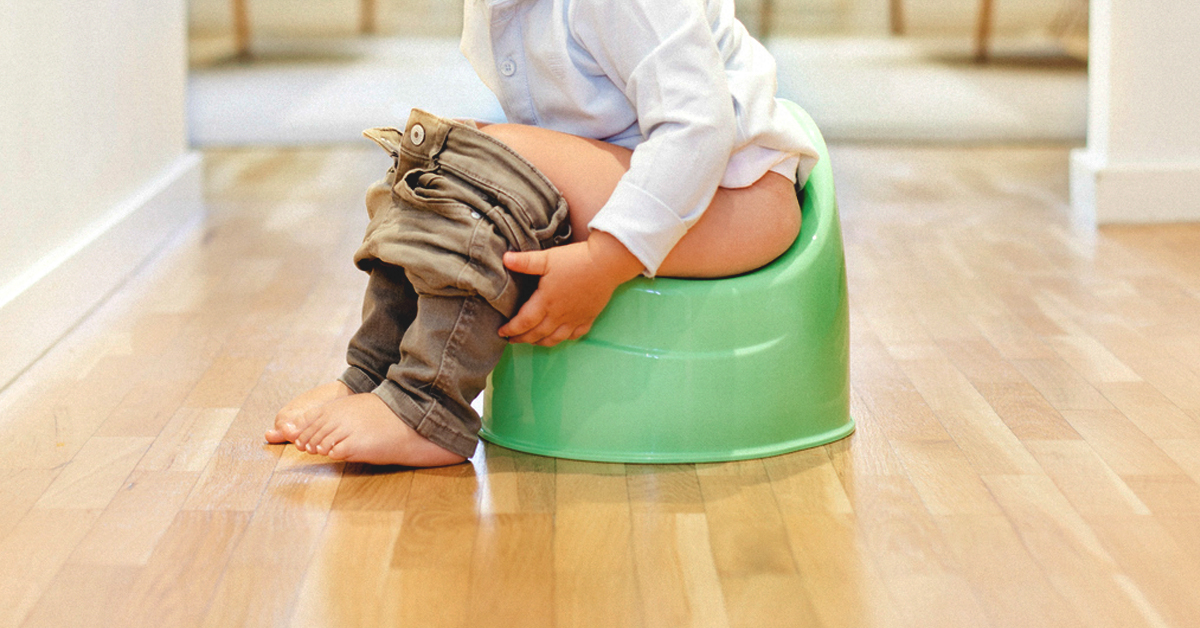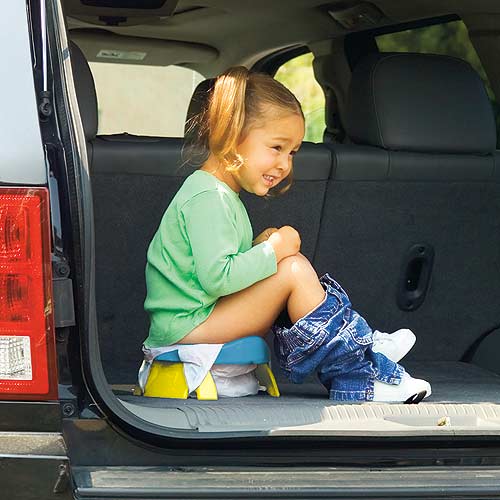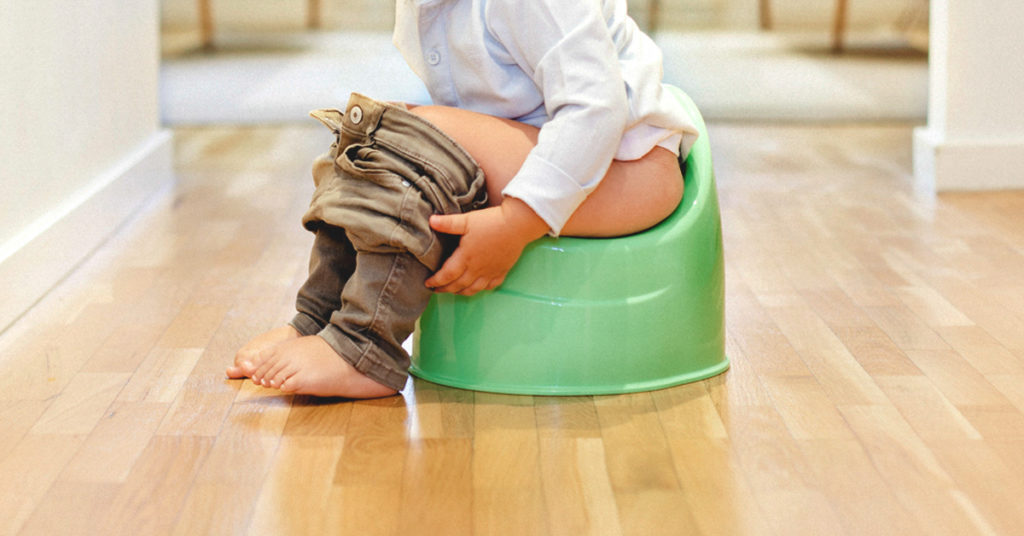March 15, 2020
A person’s a person, no matter how small. – Dr. Seuss

Helping their child learn to use the toilet is one of those things that strikes fear into the hearts of many parents. When do we start? How do we start? What if my child refuses?
One thing parents quickly learn is that nobody can force a child to use the toilet when they don’t want to. This is how potty training sometimes becomes a battle of wills.
Amy Mulvaney, a LifeWays Early Childhood Training graduate from Song Sparrow Playgarden, has written some very sage advice for parents about toilet learning:
“Let’s talk about potty training. I hear so many parents talk about potty training like it’s something THEY have to do. ‘Oh, I’m going to start potty training next month.’ Without even noticing, this type of language suggests pressure on the child to be potty trained. Pressure does not work. In fact, it causes stress and often resistance.
“I have seen pressure backfire so many times. A child is making progress, the parents get excited and — WHAM! — the child no longer wants to use the potty. Parents get stressed, rewards or bribes start being offered, ANYTHING to get them out of diapers! It’s not fun for anyone involved.
“I have seen NO PRESSURE work 100% of the time.
“The best remedy is to make the potty available and not care IF or WHEN it happens. (I promise it will happen eventually.)
“The first thing to do is look for signs of readiness. What does that look like? Most importantly, your child needs to be willing to go on the potty whenever you ask them to use it. (Pooping on the potty can be kind of scary for a young child so take your time!) You can start practicing by making a routine out of using the potty. Start out with ONE time a day. I started with right after dinner because that is often when we were getting undressed and ready for bed. ‘It’s time to use the potty!’ (That’s a matter-of-fact statement, not a question.) If they can do that one time regularly, you can add another time, maybe when they get up in the morning, or right before you leave the house. If they’re willing to go regularly without protest, you can take the diapers off. But don’t expect them to tell you when they have to go and/or go on their own right away — this often doesn’t happen until they are around three years old. Until then, children often need reminders to use the bathroom — even better, a predictable rhythm of using the toilet at certain times. (Appropriate expectations = less pressure = less frustration.)
“When you’re ready to go diaper free-go for it! You may wish to continue diapers at night until daytime dryness is well established. This way the message is clear: We don’t wear diapers, except for bed. The child gets used to the sensation of underwear, which is much different than diapers. (I started with thick training underwear so it wasn’t so breezy;) They get used to the feeling of going on the potty and not in their pants. So many people are afraid to take their children out of the house without diapers. You would be surprised; more accidents happen at home where they’re comfortable, immersed in playing, and often squatting. When they’re out and about, they’re usually good about holding it in. But don’t forget to take them regularly if they are out of diapers just like you would let your puppy out to pee — before you get in the car; right when you get home; after lunch; before bed; and so on. If they’re new to wearing underwear, using statements like ‘it’s time to use the potty’ instead of asking them if they have to is the way to go. (They almost always say no if asked.)

“Think about getting some gear. Have an extra child-sized potty in the back of your car. Dog poop bags are super handy when they end up going poop in the car potty, as is a foldable potty seat in your backpack or bag. For the child new to toilet learning, public restrooms or even the bathroom at a friend’s house can feel scary. It’s always comforting for the child to have their own familiar potty to use.
“Also, be open to having to change their clothes. I try not to call them ‘accidents’ or have any negative feelings around them peeing or pooping in their clothes. They are learning, and this is to be expected. No big deal. I help them change as quickly as I can and be gentle about it. ‘It happens. You’re learning. All clean! Do you feel better now that you’re clean?’ If the child is older than three years old, they can change their own dirty clothing — have them do as much of the changing as they are able.
“There are a million books on this topic. But you know your child best. Drop your agenda and read their cues.”
Some helpful related posts on potty training:


